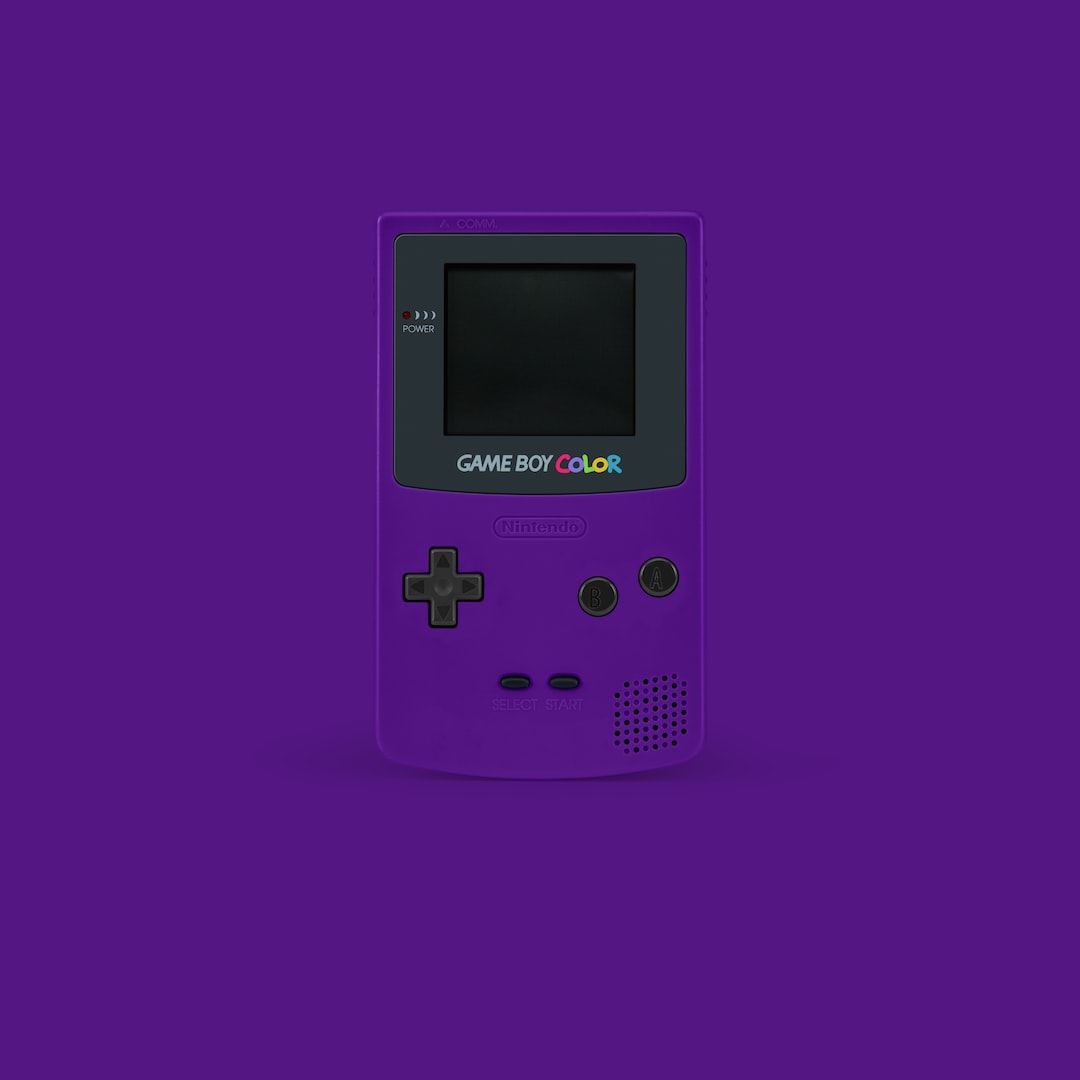Are you tired of playing games on low graphics settings? Are you tired of experiencing lag and slow loading times? Well, it’s time to take matters into your own hands and build your very own gaming PC.
Building your own gaming PC may seem like a daunting task, especially if you are not familiar with computer hardware. However, with the right guidance and a little bit of patience, anyone can build their own gaming rig that will provide an incredible gaming experience. In this guide, we will walk you through the process of building your own gaming PC step by step.
Step 1: Define your budget
Before diving into the world of computer components, it is important to define a budget. This will help you determine what components to prioritize and ensure you don’t overspend. Setting a budget will also help you choose between different brands and models of components.
Step 2: Choose your components
The heart and soul of any gaming PC are the components. Let’s break down the components you will need to consider:
1. Processor (CPU): The CPU handles all the calculations in your PC. Look for a high-performance CPU from reputable brands like Intel or AMD.
2. Graphics card (GPU): The GPU is responsible for rendering the graphics in your games. A powerful GPU from brands like NVIDIA or AMD is essential to ensure smooth gameplay.
3. RAM: Random Access Memory, or RAM, helps your PC run multiple tasks simultaneously. Aim for 8GB to 16GB of RAM to ensure smooth multitasking and gaming.
4. Storage: You will need both a fast solid-state drive (SSD) for quick loading times and a traditional hard drive (HDD) for ample storage space.
5. Motherboard: The motherboard is the central hub connecting all the components of your PC. Ensure compatibility with your chosen CPU and other components.
6. Power Supply Unit (PSU): The PSU supplies power to all the components in your PC. Choose a reliable and efficient PSU to prevent power-related issues.
7. Case: The case houses all your components and is crucial for airflow and overall aesthetics. Look for a case that suits your needs and personal style.
Step 3: Assembly
Once you have your components, it’s time to assemble your rig. Start by installing the CPU and CPU cooler onto the motherboard. Then, insert the RAM sticks into their respective slots. Next, mount the motherboard into the case and connect the necessary cables. Install the PSU, graphics card, and storage devices, making sure all connections are secure.
Step 4: Installing the operating system and drivers
With the hardware assembled, it’s time to install the operating system (such as Windows) and drivers. Follow the instructions provided with your chosen operating system to complete the installation. Additionally, visit the websites of your GPU and motherboard manufacturers to download and install the latest drivers for optimal performance.
Step 5: Fine-tuning and optimizing
Once you have your gaming PC up and running, it’s time to fine-tune and optimize it. This includes adjusting graphics settings in games, monitoring temperatures, and updating your system regularly.
Step 6: Upgrading and enhancing
Over time, you may want to upgrade and enhance your gaming PC. This could involve adding more RAM, upgrading your GPU, or even overclocking your CPU for better performance. Always research and ensure compatibility before making any upgrades.
Building your own gaming PC is a rewarding experience that allows you to customize and optimize your gaming rig according to your preferences and budget. With the right components and careful assembly, you can enjoy a seamless gaming experience with stunning visuals and smooth gameplay. So, roll up your sleeves and embark on the journey of building your own gaming PC – the possibilities are endless!
